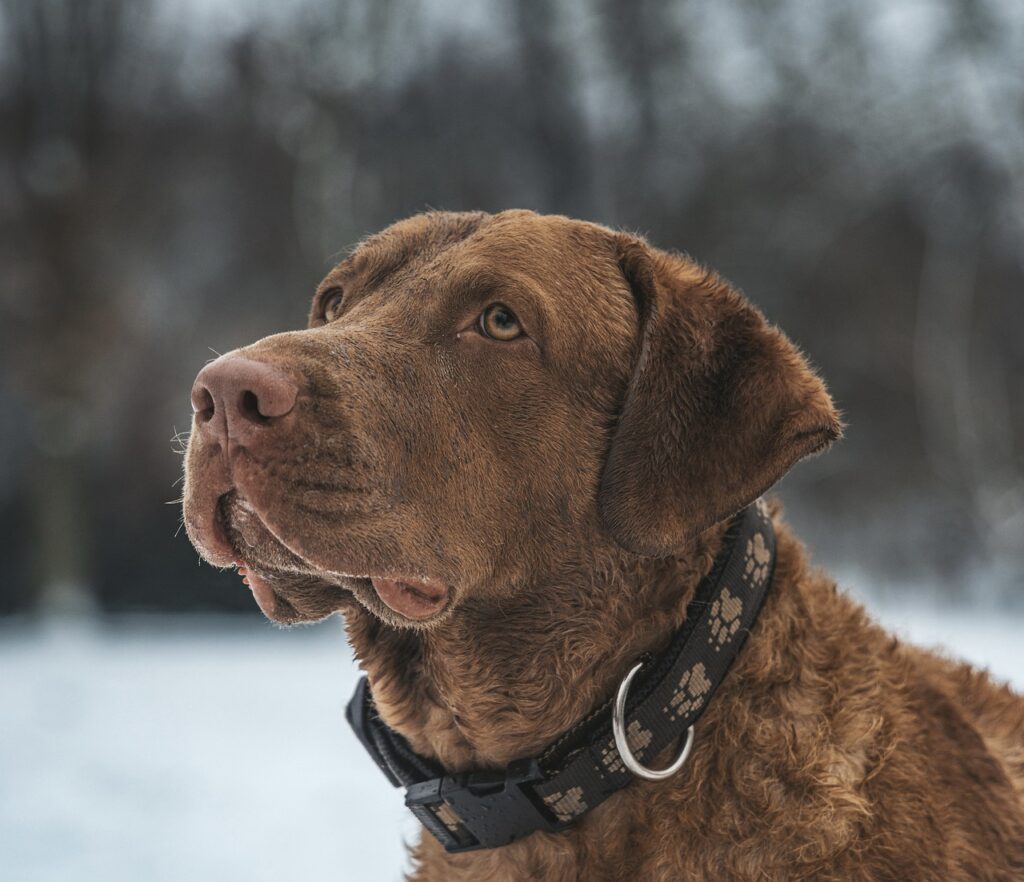Can Dogs Eat Clams? – Yes, They can
Dogs can indeed savor the taste of clams. These shellfish are packed with nutrients that are beneficial for dogs when eaten in moderation. However, pet owners should ensure that clams are cooked properly and served without any added seasonings or butter. It’s crucial to remember that raw clams could contain harmful pathogens, and seasonings such as garlic or onions are toxic to dogs.
Can Puppies Eat Clams?
In moderation and under supervison, you can let puppies try clams. However, their digestive systems are more sensitive, so it’s essential to introduce clams or any new food slowly. Serving cooked clams in small amounts is key to ensure it agrees with their developing system.
Things to consider when feeding clams to puppies?
When serving clams to puppies, consider their size and dietary needs. Start with a tiny portion to monitor for any adverse reactions. Additionally, make sure the clams are thoroughly cooked and shelled to avoid any choking hazards. Consistently opt for plain clams, with no spices or sauces, since puppies have delicate stomachs.
Nutritional Benefits of Clams for Dogs – Why Clams are good for Dogs?
Rich in Protein
Clams are an excellent source of lean protein, vital for your dog’s muscle development and energy levels.
Loaded with Essential Minerals
They are rich in minerals like magnesium, zinc, and iron, which are important for a healthy immune system and metabolism.
Contains Omega-3 Fatty Acids
Omega-3 fatty acids in clams support your dog’s joint health and can promote a shiny, healthy coat.
Low in Calories
Clams are relatively low in calories, making them a good snack option for weight management.
Good source of Vitamin B12
They are a good source of Vitamin B12, which is essential for brain health and maintaining a healthy nervous system.
Potential Allergies: Can Dogs Be Allergic to Clams?
While allergies to clams in dogs are not common, they can occur. As with any food item, there’s a potential risk of an allergic reaction, which means monitoring your dog after introducing clams to their diet is essential.
Symptoms of Clam Allergies in Dogs
- Itching: : A sign to look out for is your dog excessively scratching or licking themselves.
- Hives: : Check for any unusual, raised bumps on the skin, which may indicate hives.
- Gastrointestinal issues: : Vomiting or diarrhea can be a symptom of a food allergy.
What to Do If Your Dog Shows Symptoms?
- Consult your vet: If you suspect an allergic reaction, contacting your veterinarian should be your first step.
- Discontinue feeding clams: Eliminate clams from your dog’s diet immediately if you notice signs of an allergy.
- Medications: Your vet may prescribe antihistamines or other medications to relieve symptoms.
Recommended Amount: How Much Clams Can a Dog Consume?
Clams should be given as a treat and not as a main part of your dog’s diet. For small dogs, a couple of small clams is plenty, whereas larger dogs can have slightly more. Watch for any signs of upset stomach, and always maintain a balance with their regular food.
Things to Consider When Feeding Clams to Dogs
Always remove the clam from the shell to avoid choking hazards, and cook it thoroughly to kill any bacteria. Avoid feeding clams to your dog too often to prevent any nutrient imbalances.
How to Feed Clams to Dogs: A Quick Guide
Offering clams to your dog can be a surprise treat that adds variety to their diet. When prepared safely, this seafood can be both delicious and nutritious for your pet. Here’s how you can incorporate clams into your dog’s meal plan.
Plain Steamed Clams
Steam clams in water until they open up, usually taking about 5-10 minutes, depending on their size. Let them cool, remove from the shell, and offer them to your dog.
Clams and Rice Medley
Cook rice and clams together for a simple, digestible meal. Make sure to chop the clams into small, manageable pieces for your dog.
Clam Bits As Training Treats
Chop up cooked clams into tiny bits to use as high-reward training treats. This is especially useful during obedience training or learning new tricks.
Conclusion
Dogs can enjoy clams as an occasional treat. They’re a great source of protein and essential nutrients that can contribute to a healthy diet. Remember to introduce clams slowly, ensure they’re properly cooked, and never overfeed. Always consult your vet if you’re unsure about adding new foods to your dog’s diet or if you see any signs of an allergic reaction. With these caveats in mind, you and your furry friend can dig into the benefits of clams together!



